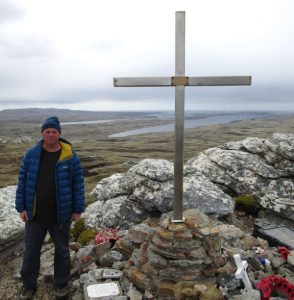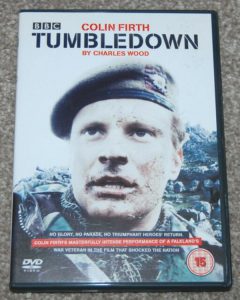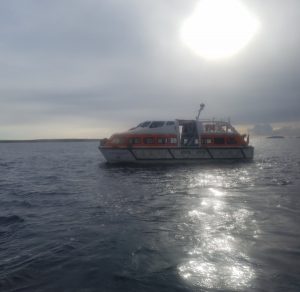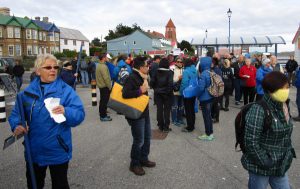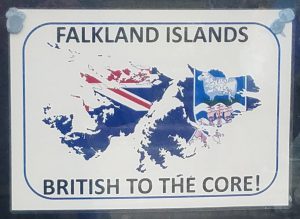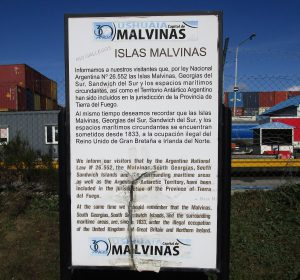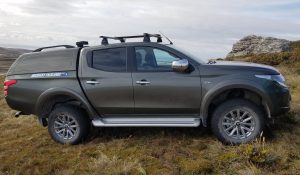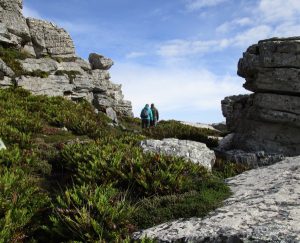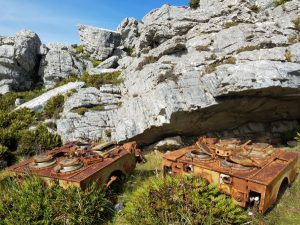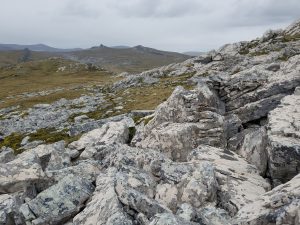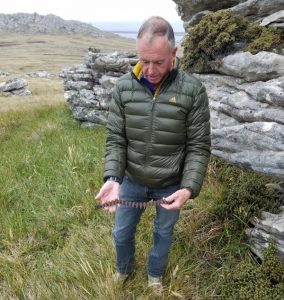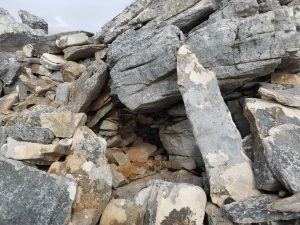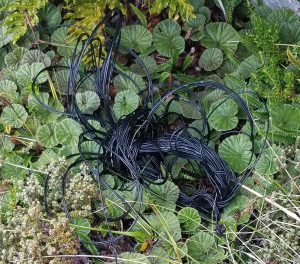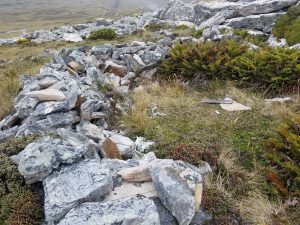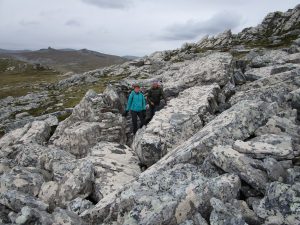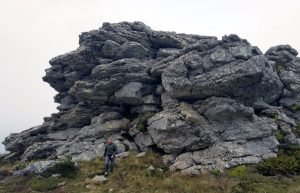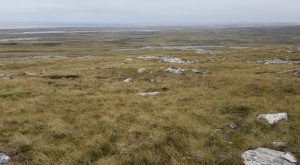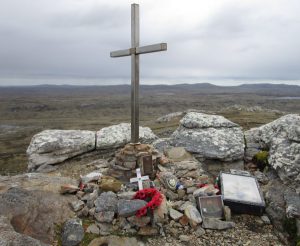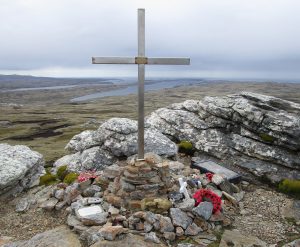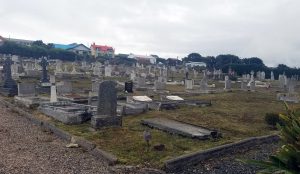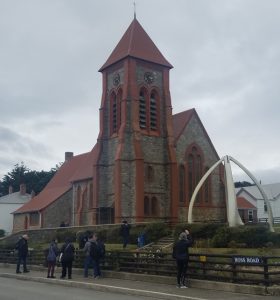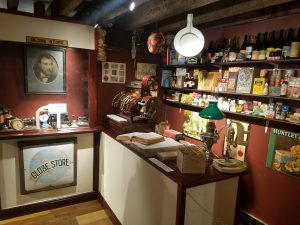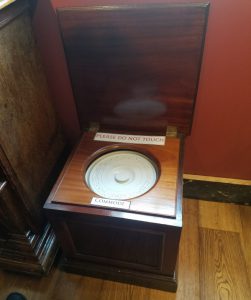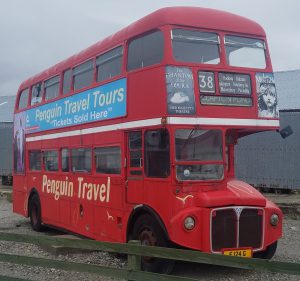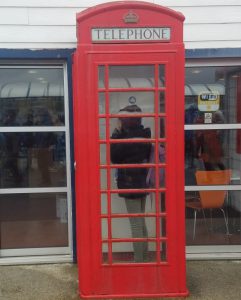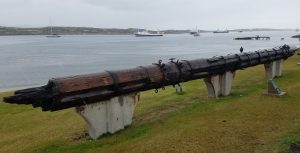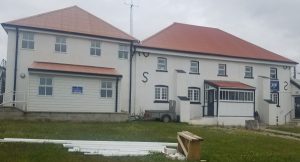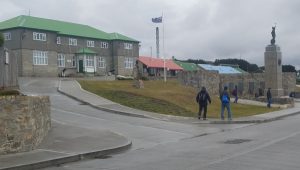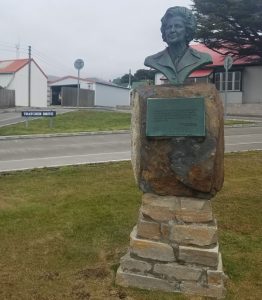When I was 13, Britain was at war with Argentina over control of the Falkland Islands (which the Argentines call the Malvinas).
Every day when I got home from school and turned on the TV, there would be reports of bombing raids, interviews with soldiers and stuff like that.
I don’t glorify war, but it was a key moment in my “growing up”. When I found out the cruise I was on, would visit the Falklands, I was was excited about seeing some of locations I’d seen on the 6 oclock news all those years previously.
Additionally, about 2 years after the war, was a drama over 2 evenings called Tumbledown.
It told the story of the Scots guards and their attack on mount Tumbledown (which once taken would secure a victory for Britain)
So, with 1 day in the Falklands, I decided to split my day with the morning exploring Tumbledown and battle sites with a local guide, and in the afternoon, seeing a bit of the town and finding out what life is like on an isolated Island.
The boat arrived at the Islands (we were visiting East Falkland, though its possible to visit West Falkland as well) around 6am in the morning.
The Falklands are really difficult to get to. The only other route I know, is on a military transport stopping at Ascension Island, and for civilians, it costs about £2000 return.
With 18 decks, our ship was to big to fit in the harbour. So we were transported ashore by tender.
At the main landing point, loads of poeple were milling around (tourism is a major industry in the Falklands and lots of people had booked day trips to see Penguins and the like).
Considering the war was 37 years previous, you would think it was last year.
There are signs everywhere defiantly protesting the independence of the Falklands.
People of the Falklands are called Kelpers (after the seaweed), have their own defence force (very well equipped the the Stayer AUG) and are governed by a council elected from the islanders (Britain maintains a massive military force on the Island but they largely run their own affairs).
For parity, I’ve included this sign which is on show at the harbour of Tiera del Fuego in Argentina (you can see that someone had tried to damage it).
Many of the people on our cruise ship were Argentinian as well as British. Both call the Islands by a different name and using the “wrong” name in front of the “wrong” person can call grave offens. I was very impressed by the cruise staff who refereed to our destination as Stanley (Port Stanley is the capital of the Islands) a compromise that doesn’t offend anyone.
Most of the cruise organised, battle site tours had been booked so I got in touch with a local guy Tony from Discovery Falklands.
I explained the things I wanted to see in an en email a few weeks before our arrival and he was able to assist.
He picked us up and we drove off towards the hills (and since he had a 4×4, we drove a fair way into the hills as well).
We head off and start seeing the area around Tumbledown Mountain (It overlooks Port Stanley)
We saw some Argentine mobile kitchens, left over from the war.
You can see from this picture how bleak the terrain is.
If the weather turns bad here, there is literally no cover. In freezing wind and rain, it mus have been awful.
Tony showed us some ammunition left over from the war.
Some of the improvised “caves” used by the Argentine soldiers who were dug in to defend the mountain.
Technology has moved on. Modern armed forces would use encrypted short wave radio, but back then they used field telephones to communicate between their positions and the wire is still there.
We were showing the route 42 Commando took, along with other area’s like wireless ridge.
It was incredible to be standing in the places I’d seen on tv almost 40 years previously
